EAGAN, Minn. — Suspense. Drama. Joy. All in real time.
The NFL Draft is a made-for-TV event years in the making, gaining quite a foothold thanks to 42 previous years of cable broadcast coverage by ESPN (with the past three drafts also having unique national broadcasts on ABC).
NFL Network has covered the past 15 drafts as the event has shifted to prime time.
Fifty years ago, in an apartment in Ithaca, New York, Ed Marinaro waited as 26 teams made first-round selections.

Marinaro had been on the cover of Sports Illustrated the previous November and finished second in voting for the Heisman Trophy. He had wrapped his three-year college career at Cornell with 4,715 rushing yards and 50 scores on 918 rushes. He stacked NCAA records, including 174.6 rush yards per game for his career and 1,881 over nine games in his final season.
Another 23 picks went by — not like he could see them on TV back then — until he received a phone call from Vikings General Manager Jim Finks, who explained Minnesota had drafted Marinaro from the 50th overall spot.
"It certainly wasn't the extravaganza it is today," Marinaro said. "To be perfectly honest, the only team I wanted to go to less was the Packers. Being a New York guy, an East Coast guy, I was thinking, 'Play for New York or for the Rams, or Miami, or in a fun city.' I didn't know anything about Minneapolis, so it was more of another country.
"Then, you sort of get your head around it," Marinaro added. "I knew they were a really good team. I knew they had a great coach, and I knew I was a Viking."

New York, then Los Angeles, would come about later for Marinaro.
Eventually he learned he liked Minnesota, even though it took some adjusting. Marinaro got a head start at connecting with teammates by crossing paths with Fran Tarkenton, who had been re-acquired by Minnesota in a trade with the New York Giants days before Marinaro was selected on Feb. 1.
"I ran into him in New York City a couple of times, and he was very nice to me and was excited for me and telling me he was very enthusiastic about going back to Minnesota," Marinaro said. "It was an interesting time to be a Viking. With Fran coming there, it was a big change."
Tarkenton had been Minnesota's third pick in its inaugural NFL Draft and was with the team from 1961-66. The Vikings traded him in March 1967 to set up a multiyear haul of picks that enabled the team's transformation from a fledgling franchise into a legit contender. Minnesota built one of the fiercest defenses in the NFL and bolstered its offensive line by the time Tarkenton returned and elevated the offense.

Marinaro wanted to look and feel the part.
"I think any rookie, you walk into a locker room and see all of these people that you've kind of admired so much, and you're the new guy, the young rookie, and it's very intimidating," Marinaro said. "You're meeting your rookie teammates for the first time. It's a unique experience."
Chris Tomasson of the Pioneer Press reported recently that Marinaro arrived to his first camp in Mankato in a purple Porsche, which became target of a prank orchestrated by Jim Marshall and Lonnie Warwick.
After leaving the keys in it on campus, Marinaro discovered it was missing. He reported it stolen only to learn it had been parked on the practice field.
"When I went to Minnesota, these guys looked at me like I had two heads," Marinaro laughed. "I could tell they didn't quite know how to deal with me, which was kind of fun."

But he connected and bonded, helping Minnesota make it to Super Bowls VIII and IX during his four years with a team of hardscrabble "overachievers."
Vikings Ring of Honor fullback Bill "Boom Boom" Brown "was a great guy, and he kind of took me under his wing," said Marinaro.
"His wife was so sweet to me. They were so nice to me; they'd fix me up on dates and stuff, were always trying to fix me up," Marinaro said. "But this is a guy, who played [in the NFL] for [14] years, just a hard-nosed, tough, gruff, no-b.s. kind of guy. That's what a lot of our guys were. A lot of our guys were just, I would say they were more overachievers than being [naturally] great football players, and being overachievers made them really good football players.
"A lot of them didn't have the physical assets that you see today, but the way they are groomed and trained today is so different," he continued. "We didn't even have a weight room when I was playing. I lifted weights, but if you wanted to lift weights, you had to join a gym, so that's a dramatic change."
That aspect is dramatically different for Vikings players now. They do their own conditioning in the offseason and returned to Twin Cities Orthopedics Performance Center earlier this month for voluntary workouts. It's also different on the campus of Cornell, where Marinaro's son Eddie is a sophomore running back.

Marinaro was about 12 years old when he realized the adulation coaches were heaping on because of the way he could run the football.
"I think that most people, when they fall in love with something like that, it's because they're good at it," Marinaro said. "What motivated me was when I first realized I was good at it and people were paying attention to me because I was good at it. That just made me want to keep getting better and better, but I think you sort of need a positive reaction to what you're doing — why would you fall in love with something where you get hurt all the time and you get thrown on the ground."
Although he gained 80 yards on 19 carries in a 27-13 win over Green Bay in Week 7 of his rookie season, Marinaro was used as more of a blocker and receiver out of the backfield in Minnesota's two-back system.
He closed the 1972 season, in which Minnesota finished 7-7 thanks to several close losses, with 70 yards on 16 carries (and three catches for 22 yards and his first pro touchdown) in a 20-17 loss at San Francisco.
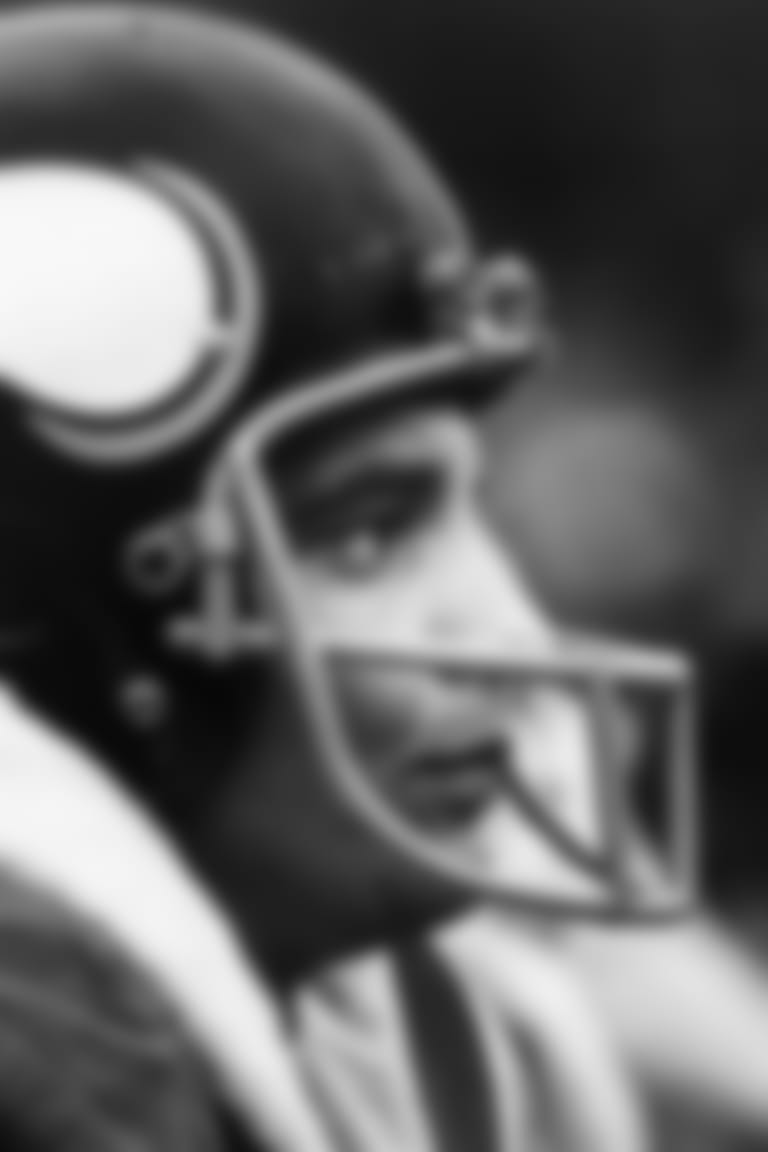
The following year, the Vikings drafted eventual Ring of Honor RB Chuck Foreman with the 12th overall pick, a decision that relegated Marinaro back to a bunch of blocking — and catching passes.
"Chuck was a great player and is still a good friend," Marinaro said. "You can have a two-back system, but when it was Chuck and I, I never got a chance. Chuck was the guy, and I was blocking.
"A similar situation at the same time was Rocky Bleier and Franco Harris, and Rocky got the ball. [Pittsburgh] let him run and would mix it up. I was blocking and catching. I'd run four times a game, and I think any running back will tell you that you can't get any feel when you're only carrying the ball four times a game."
After four seasons, Marinaro signed with the New York Jets in the NFL's early days of free agency. He hoped to become their featured ball carrier.
By Week 4 (21 carries, 111 yards and a touchdown) and Week 5 (31 carries for 119 yards and a touchdown), he was taking off the way the thought he would. But in Week 6, Marinaro suffered a Lisfranc injury that grounded him for the season and effectively ended his career.
View every Vikings First Round draft pick through the years.
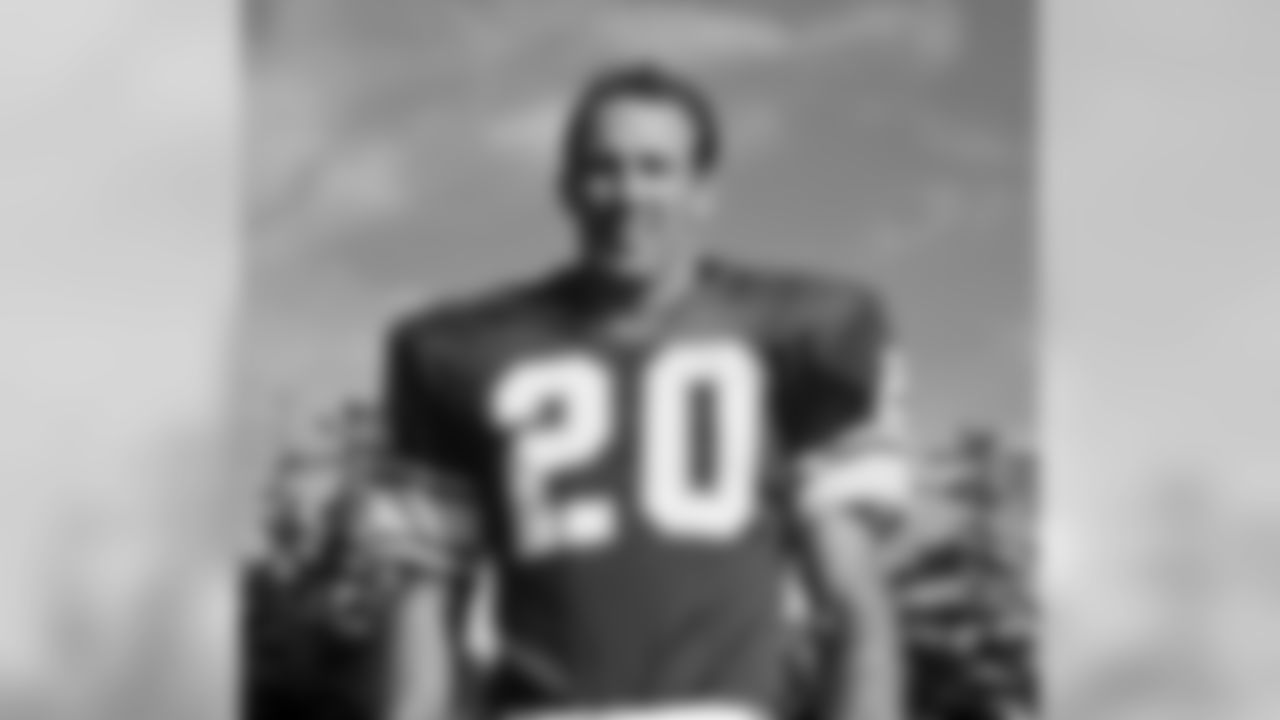
RB Tommy Mason (1961, Tulane)
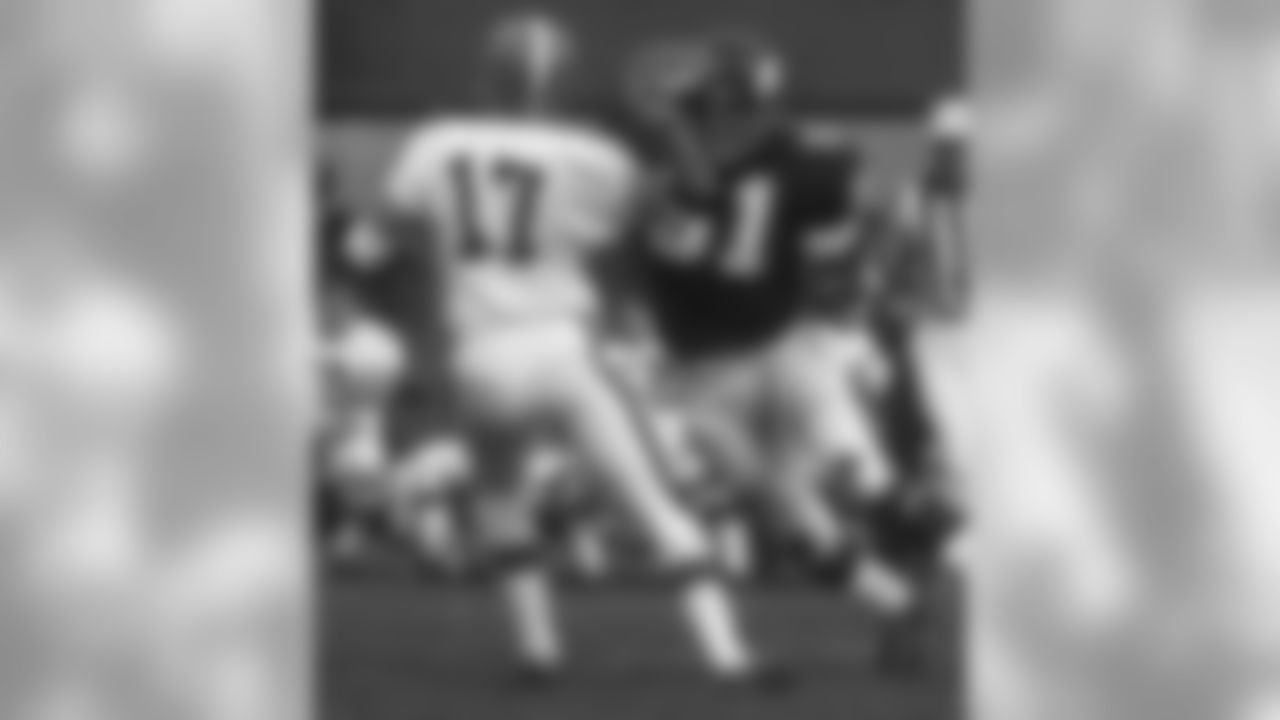
DE Carl Eller (1964, Minnesota)

DT Alan Page (1967, Notre Dame)
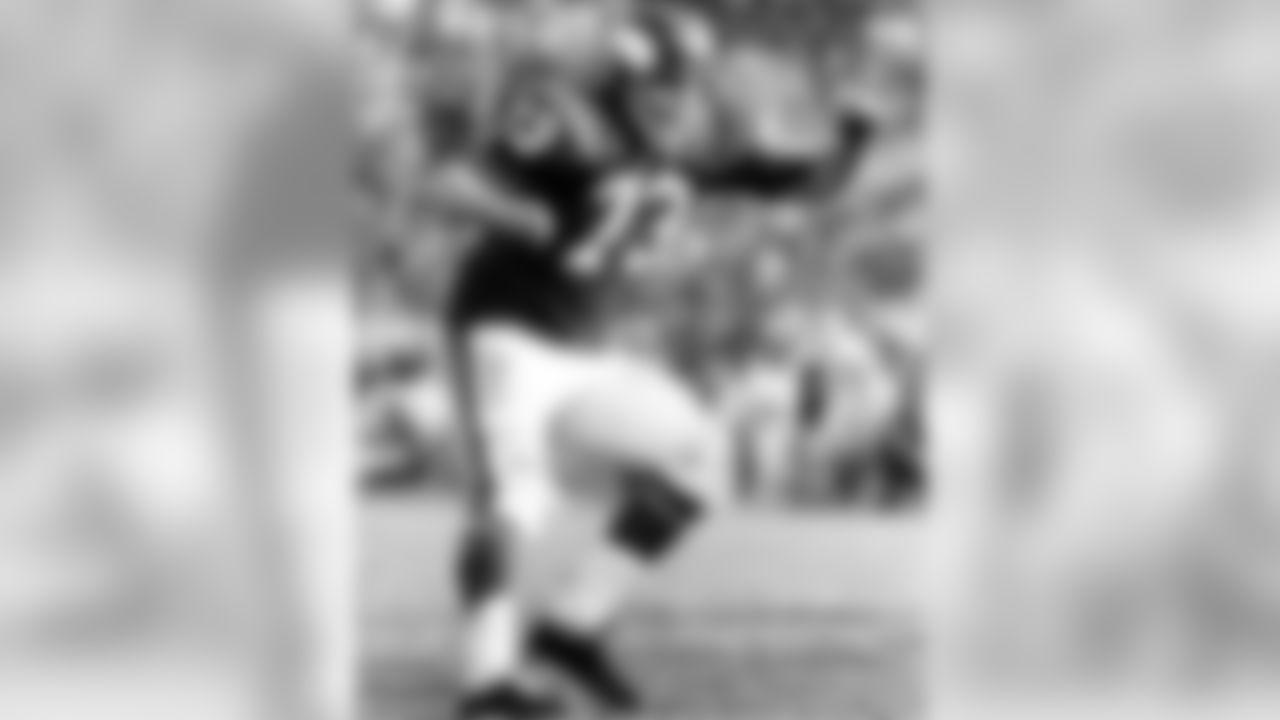
OL Ron Yary (1968, USC)
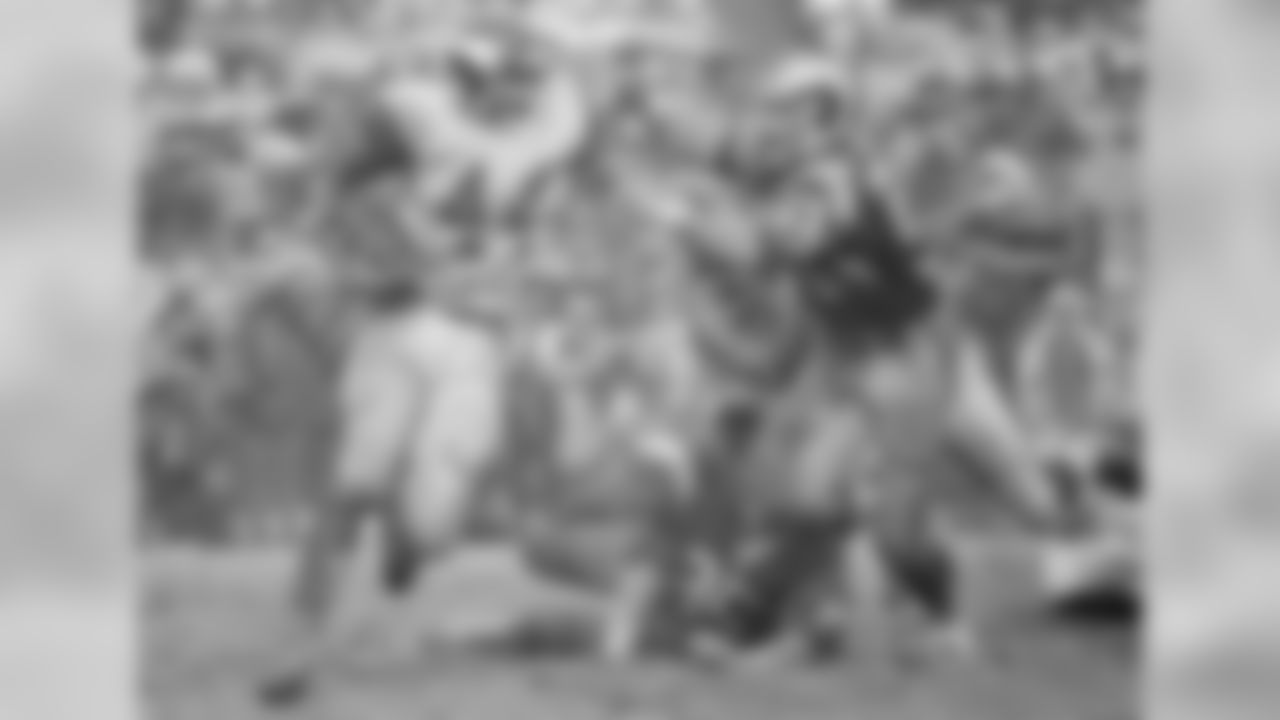
RB Chuck Foreman (1973, Miami)

QB Tommy Kramer (1977, Rice)
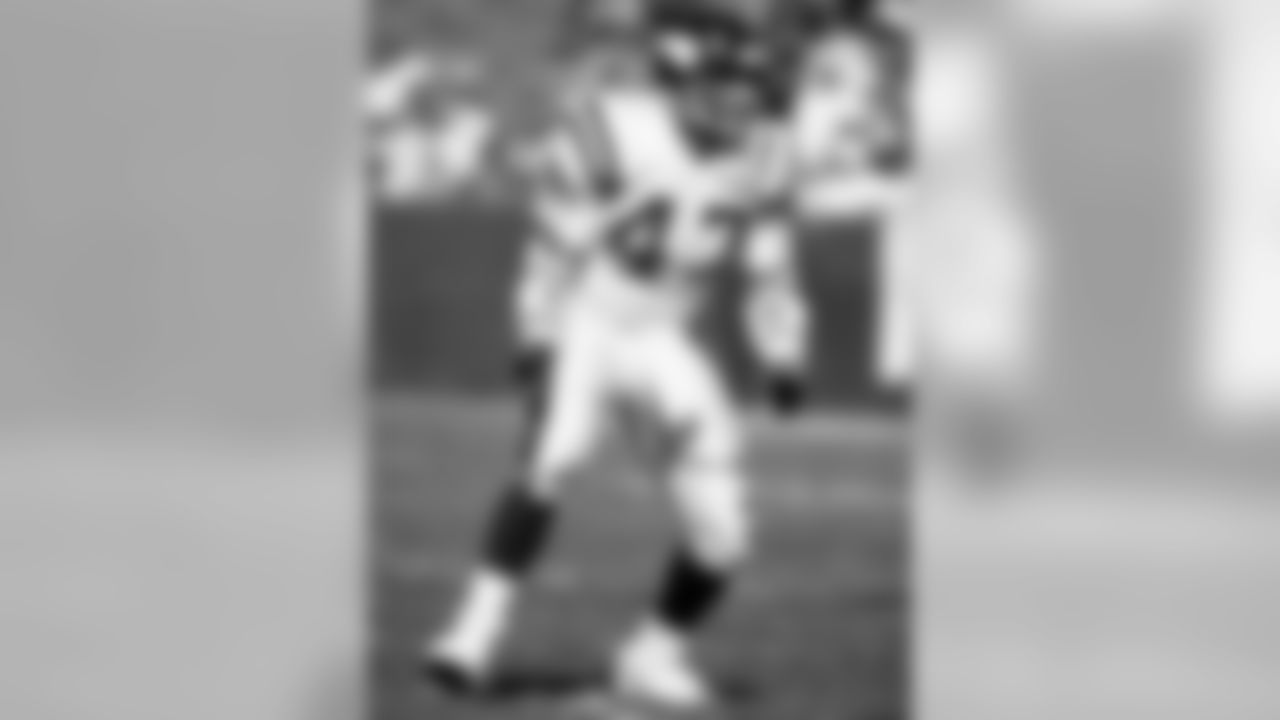
DB Joey Browner (1983, USC)

DL/LB Chris Doleman (1985, Pittsburgh)
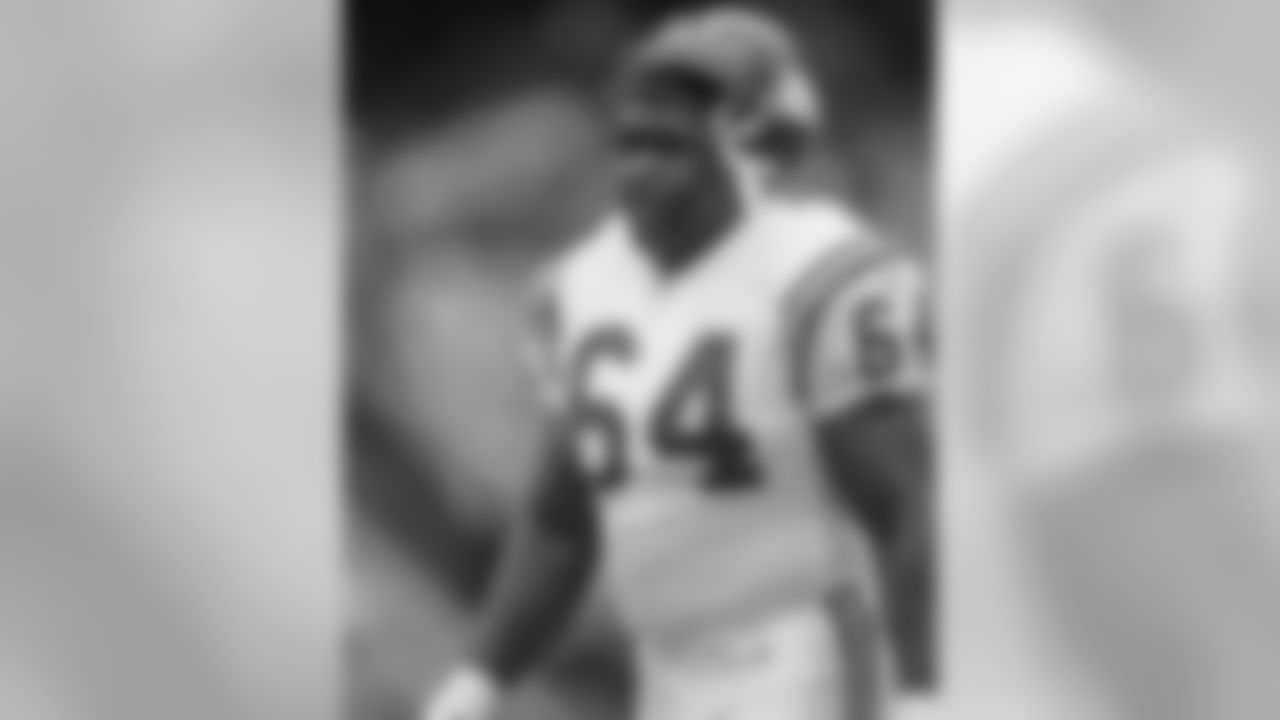
OL Randall McDaniel (1988, Arizona State)

RB Robert Smith (1993, Ohio State)

OL Korey Stringer (1995, Ohio State)

WR Randy Moss (1998, Marshall)

QB Daunte Culpepper (1999, Central Florida)
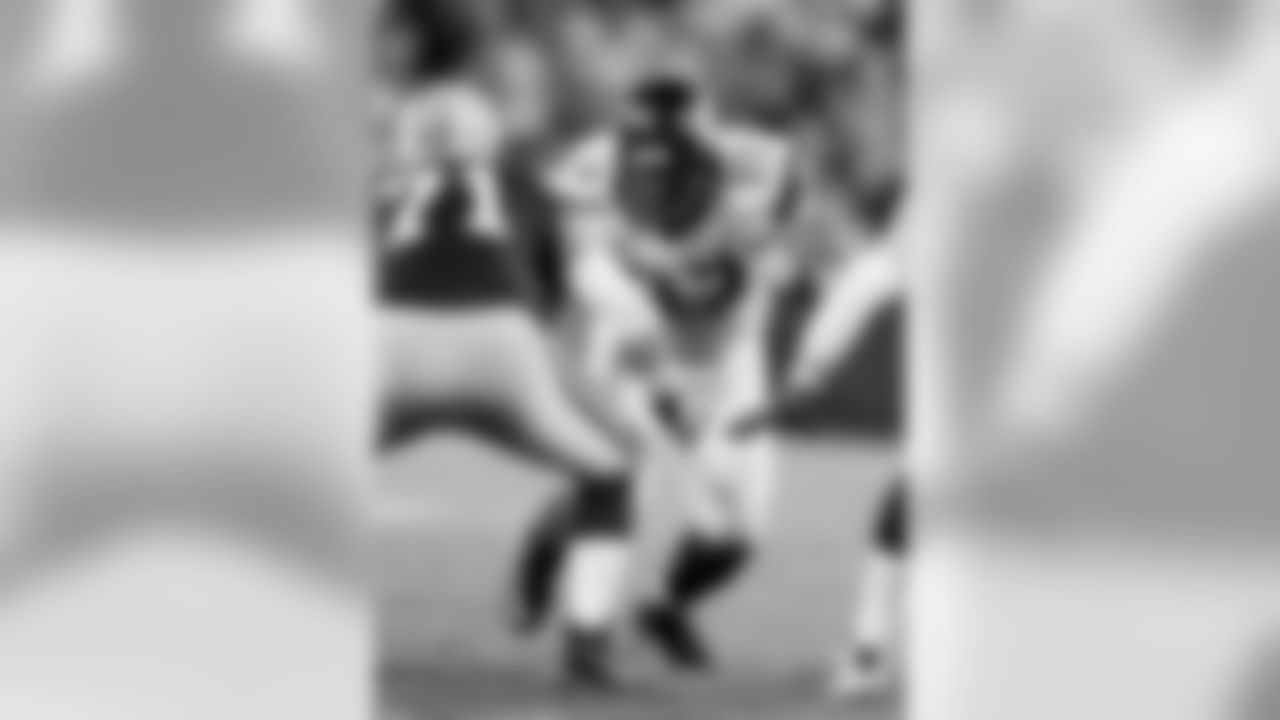
DT Kevin Williams (2003, Oklahoma State)

LB Chad Greenway (2006, Iowa)

RB Adrian Peterson (2007, Oklahoma)
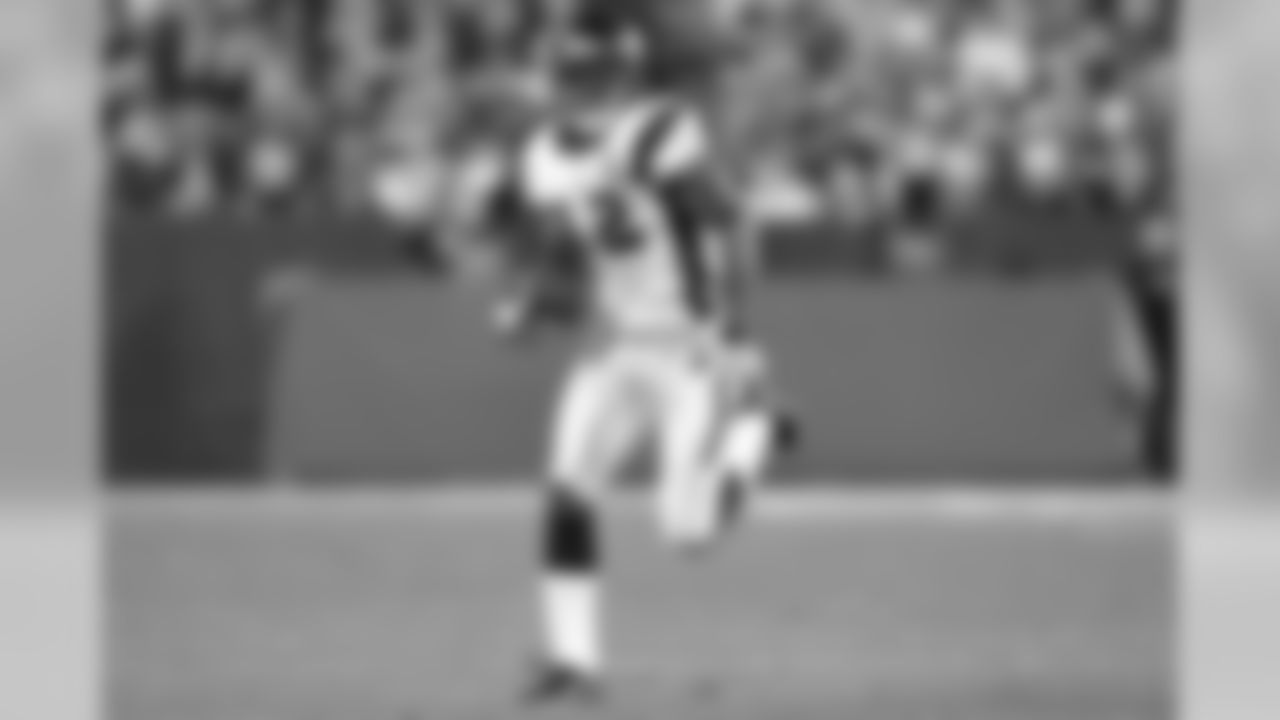
WR Percy Harvin (2009, Florida)
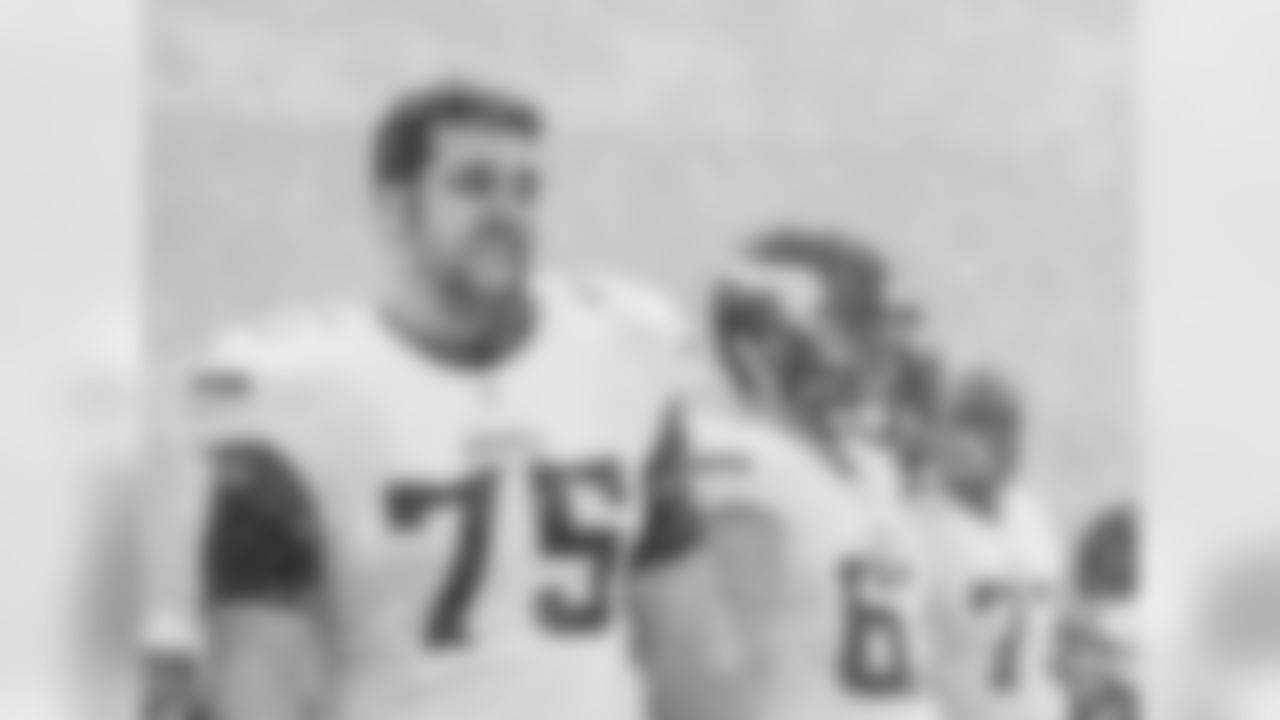
LT Matt Kalil (2012, USC)
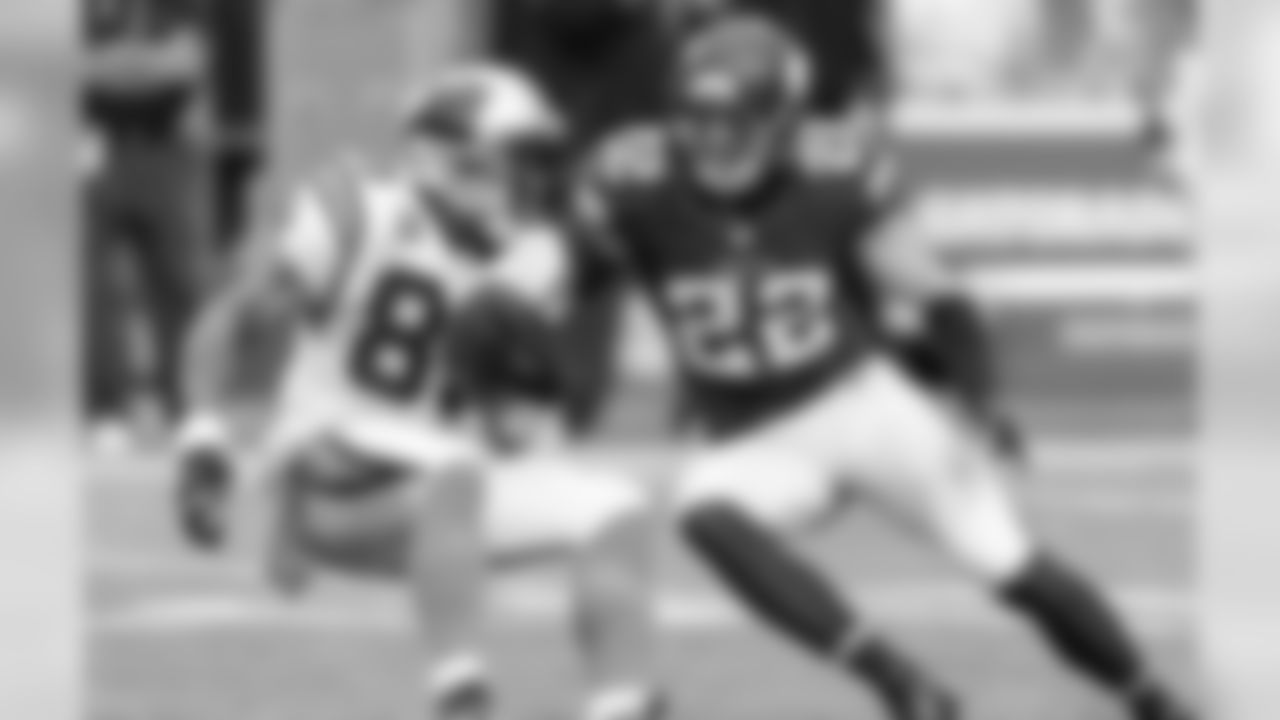
S Harrison Smith (2012, Notre Dame)
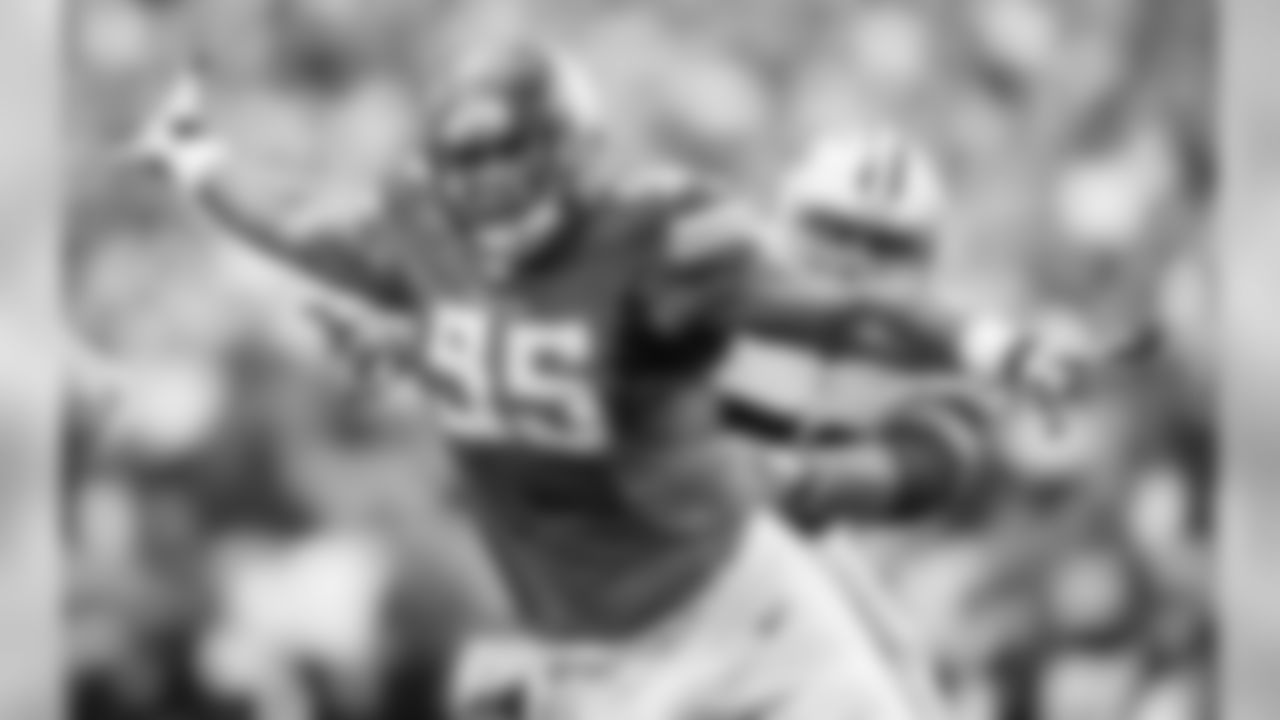
DT Sharrif Floyd (2013, Florida)

CB Xavier Rhodes (2013, Florida State)
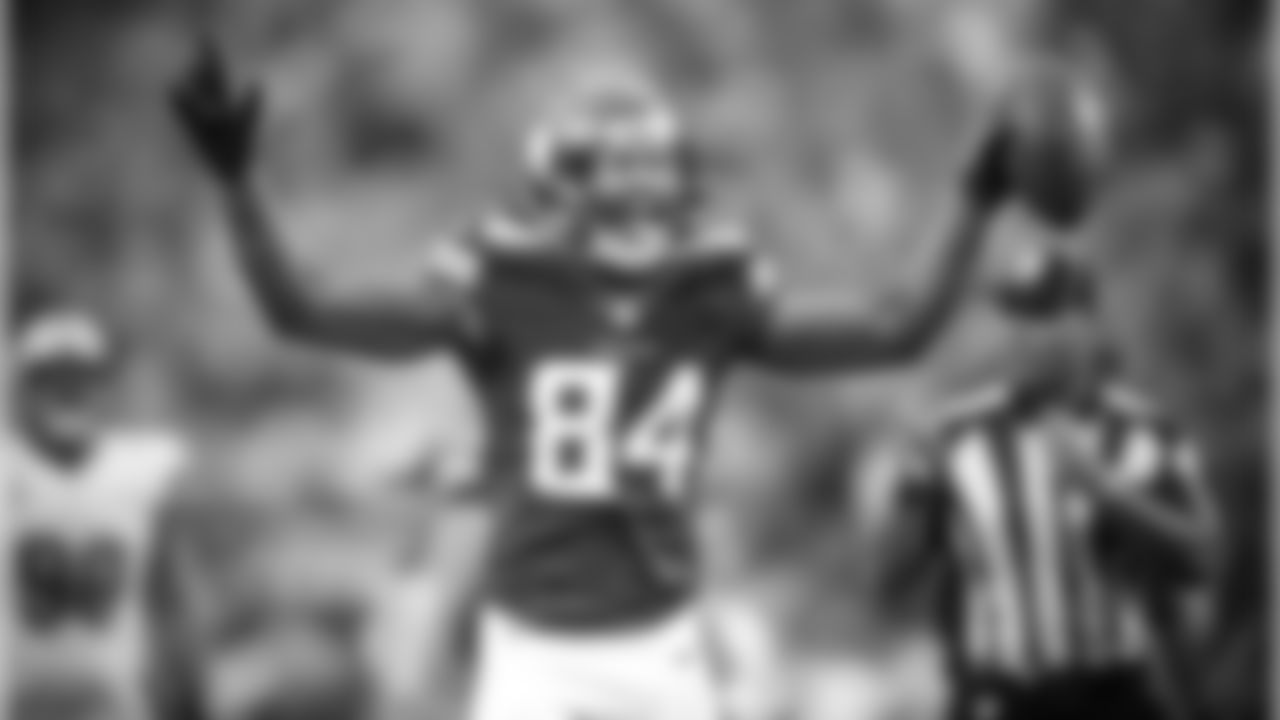
WR Cordarrelle Patterson (2013, Tennessee)

LB Anthony Barr (2014, UCLA)
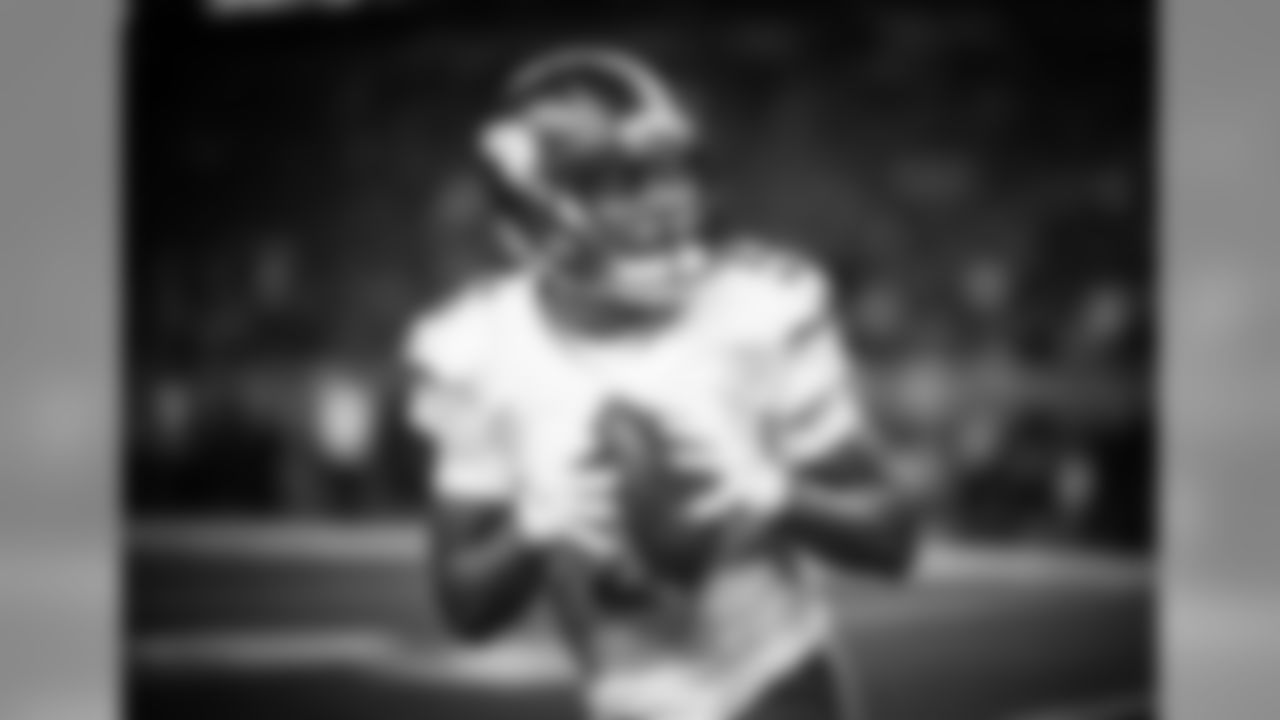
QB Teddy Bridgewater (2014, Louisville)
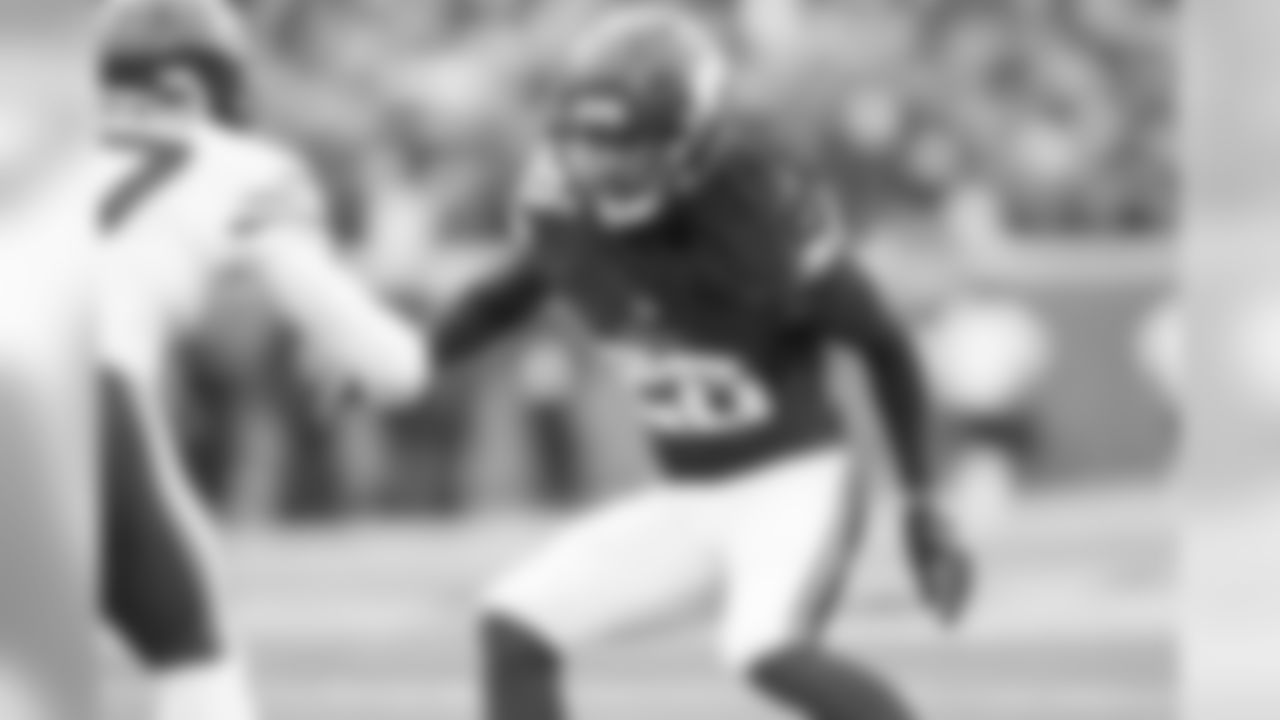
CB Trae Waynes (2015, Michigan State)
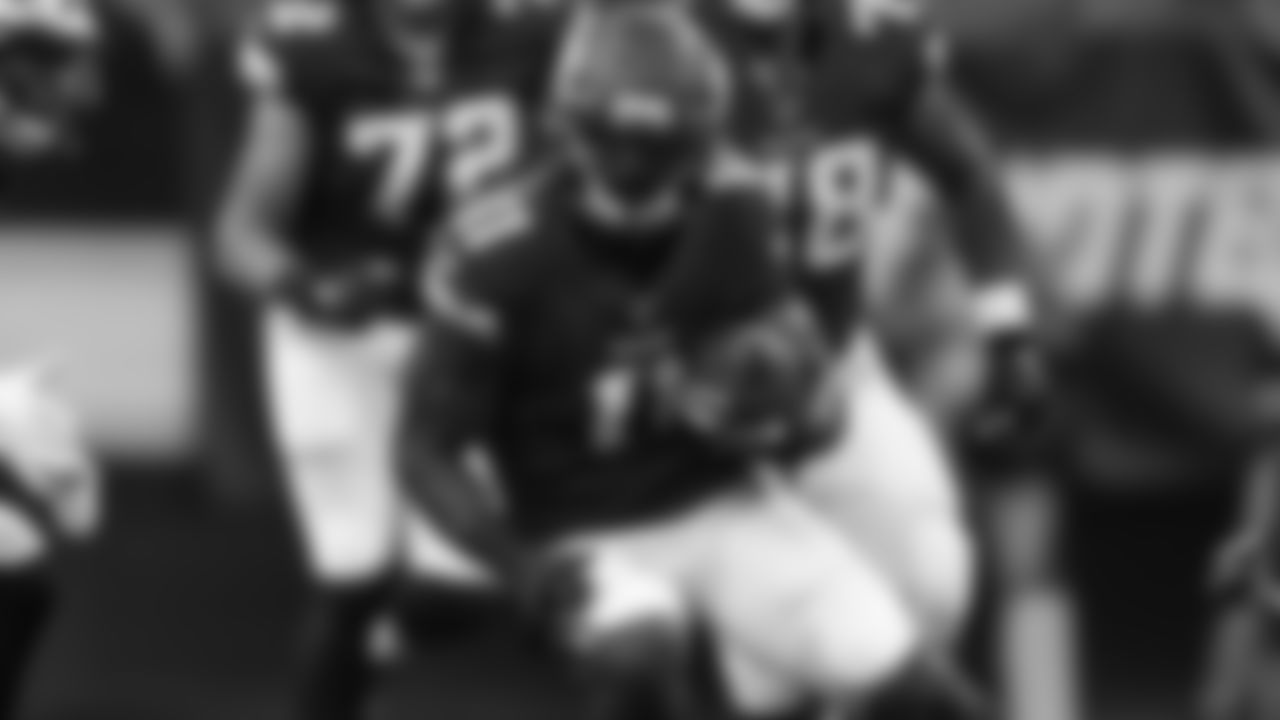
WR Laquon Treadwell (2016, Mississippi)


C Garrett Bradbury (2019, NC State)

WR Justin Jefferson (2020, LSU)
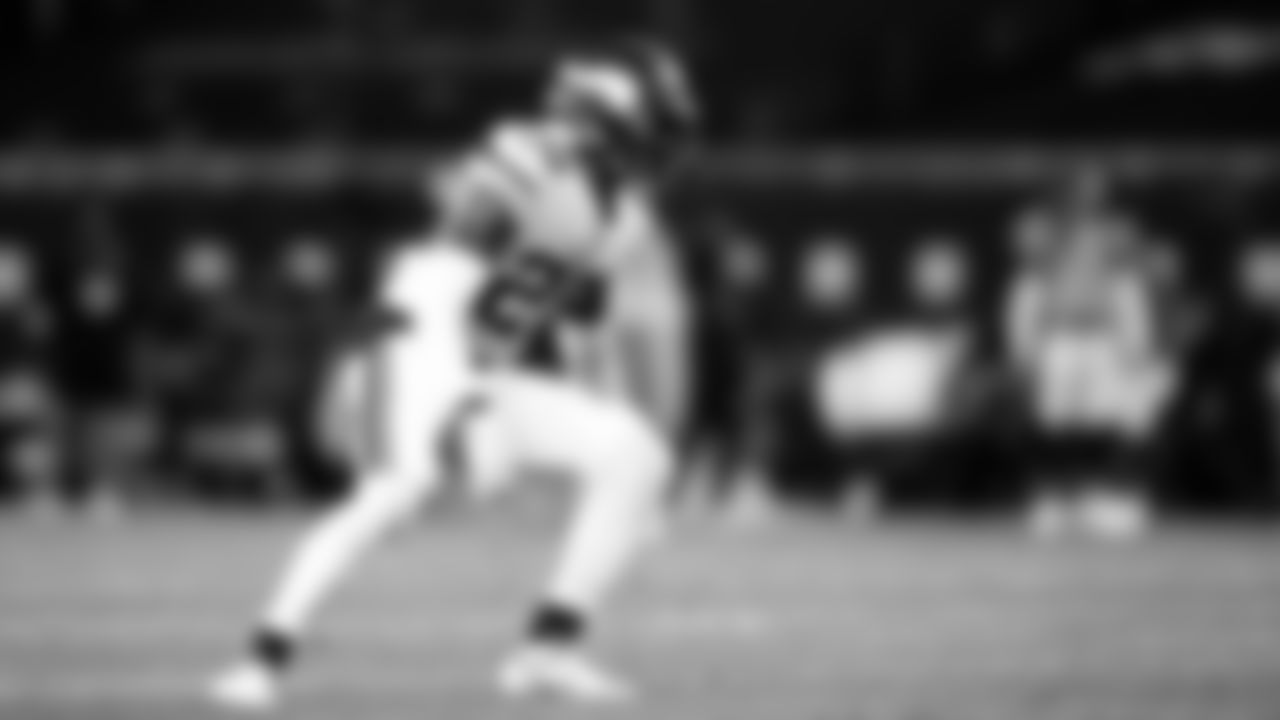
CB Jeff Gladney (2020, TCU)

T Christian Darrisaw (2021, Virginia Tech)
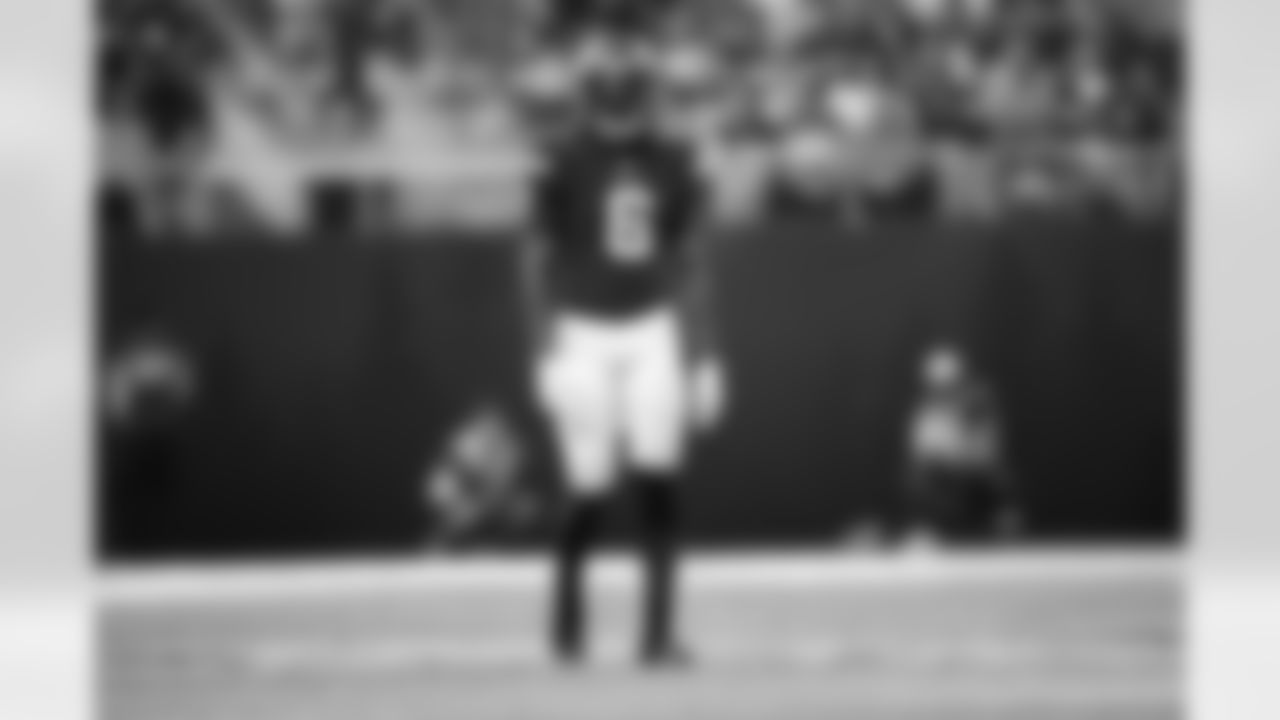
S Lewis Cine (2022, Georgia)

WR Jordan Addison (2023, USC)
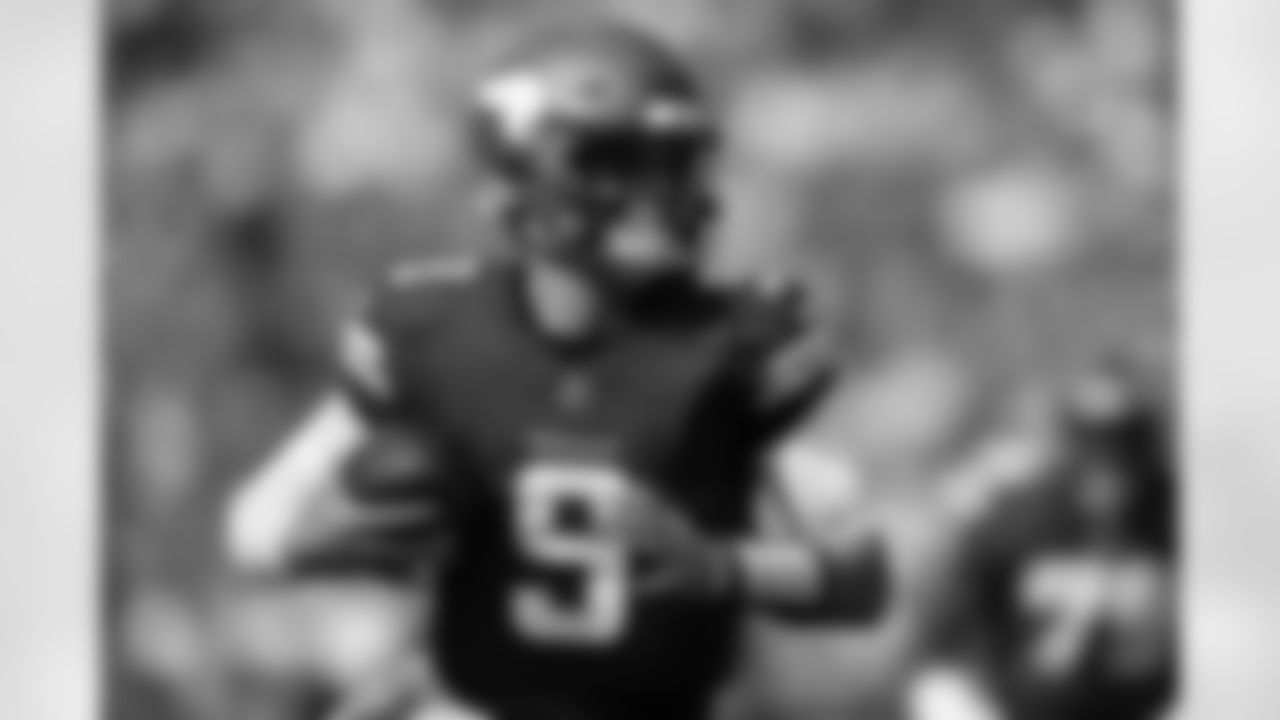
QB J.J. McCarthy (2024, Michigan)

OLB Dallas Turner (2024, Alabama)
Cut by the Jets before the 1977 season, Marinaro landed in Seattle with the second-year Seahawks, but he never recorded another carry in the NFL.
"Not to get philosophical here, but when you get to a certain point in your life and you reflect back on things and how things happened and why things might have happened and how things could have happened a different way, life is very serendipitous," Marinaro told Vikings.com this week. "When I got hurt playing football, that was a very tough time I had to deal with. My career was over because of an injury when I was starting to get into my groove.
"People talk about my football career, and it's been described as disappointing more than once. It's irrelevant now, but I never felt that my career was disappointing. I was just in the wrong place at the wrong time," he continued. "As much as I loved being in Minnesota, and I've said this before, I was the leading rusher in college football history, and I come to the Vikings and they turn me into a blocker — something I never did in college — and a pass receiver. I caught [23] passes in my whole career at Cornell. I caught 11 in one game [with Minnesota], so I wonder what was going on in that draft room when they decided to draft me. They didn't know I could catch the ball. They didn't know I could block. I don't know what they were thinking when they drafted me. What did they think I was going to do?"
That 1976 season with the Jets happened to be Joe Namath's final one with "Gang Green" before "Broadway Joe" made his way to Hollywood for four games with the Rams in 1977 and continued his on-camera success.
The friendship between Marinaro and Namath helped Marinaro cope with his football career ending at age 28 and helped launch a secondary career as an actor.
"I had spent some time out in Hollywood with Joe Namath, who was a good friend of mine," Marinaro said. "I had met some people, and they kind of encouraged me. … I guess looking back into my personality, I liked attention. I can't deny that. I liked being attracted to the glamour.
"Then I got into it and saw what you had to do. I started working at it, got in a class and worked at it," he continued. "I wanted to get good at it, but I wanted to make a living out of it. I didn't want to be a starving actor. I wasn't in love with the acting where I would do it for nothing. I wanted to make as much money as I could doing it. I had to know what I was doing a little bit."
He landed parts on Laverne & Shirley, first as Antonio DeFazio for an episode in 1980, before being cast as Sonny St. Jacques for 10 episodes.
"They decided not to bring my character back on that show. I was living the life being on a hit show, and then I was unemployed," Marinaro said. "Like any actor, I was auditioning for different roles and new things. It was kind of a difficult time when you basically get fired from a show. Every actor, once they leave one job, they think they'll never work again, so I auditioned for Hill Street Blues.
"It was the first year of the show. It did not have any, you know, it was a critically recognized show but a bit of a cult hit," he continued. "I had never seen the show, so when I auditioned and got the part, it was four episodes, and I was going to get paid for four episodes, which was really cool, and that was fine. I went and did these episodes and got along with everybody and they liked my work."
Marinaro's turn as Officer Joe Coffey went so well that Marinaro's character was extended into the plot line for several seasons — with 104 episodes to his credit, according to imdb.com.
"At the time, nobody knew the show was going to go for seven years. I was kind of taking it one step at a time. My character got a reprieve, and then I did six years of it," Marinaro said. "It was probably the biggest break of my career because there were a lot of athletes turned actors at that time, and you sort of got stereotyped, if you will, and it kind of elevated me in that regard, being on a show that was so critically acclaimed and with such talented actors. It gave me credibility that I probably didn't deserve, but I took it and it was great.
"I learned more about acting by doing that show than any acting class," Marinaro added. "It was great and kind of led to a bunch of other things. It was a very different business back then. There were three networks, so if you weren't watching Hill Street Blues on Thursday night at 10 o'clock, you had two other options, which when you think about it is kind of absurd, so our penetration, as far as people, today if you get three million or four million people watching your show, you're a success. We weren't even in the top 10 and we'd have 25 million people watching."
Millions are expected to watch the NFL Draft again this year, with unique broadcasts offered by NFL Network, ESPN and ABC on the first two nights before wrapping with unique coverage by NFL Network (and an ESPN/ABC simulcast) on Saturday.
Marinaro will be in attendance for the Miller Lite Vikings Draft Party at U.S. Bank Stadium Thursday before heading to Las Vegas, where he's scheduled to announce Minnesota's third-round selection Friday.
The opportunity to reconnect with the franchise for this role will occur 35 years after Marinaro worked a Bears-Vikings game (Week 13, 1987) for ESPN when the network had Sunday Night Football.
"They put earplugs in my ears and were feeding me stuff to say, 'Jim Smith didn't practice on Monday,' and I would say that. I'm sure when you get the guys that have been doing it for a while, they can kind of do their own thing, but it just seemed so uninspiring," Marinaro recalled. "I didn't want to spend the rest of my life talking about what I did when I was in my 20s. I wanted to do something different, do a whole new career and get away from that. I probably would have been really good in the booth, probably would have made a lot of money and probably would have still been doing it, but I wouldn't trade my career."
Known to younger audiences for his role as Coach Marty Daniels in Blue Mountain State, Marinaro played Jilly Ruffalo in The Many Saints of Newark last year.
Fifty years after his own selection, the line Marinaro will be ready to deliver Friday night in Las Vegas will be the biggest one in the life of an NFL hopeful.
"It's going to be fun," Marinaro said. "I don't know what to expect. I don't even know what to wear."
















